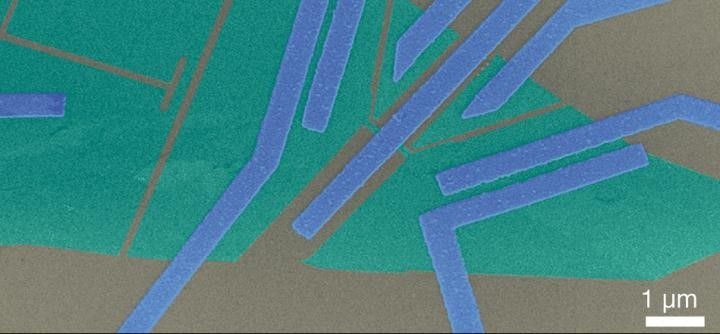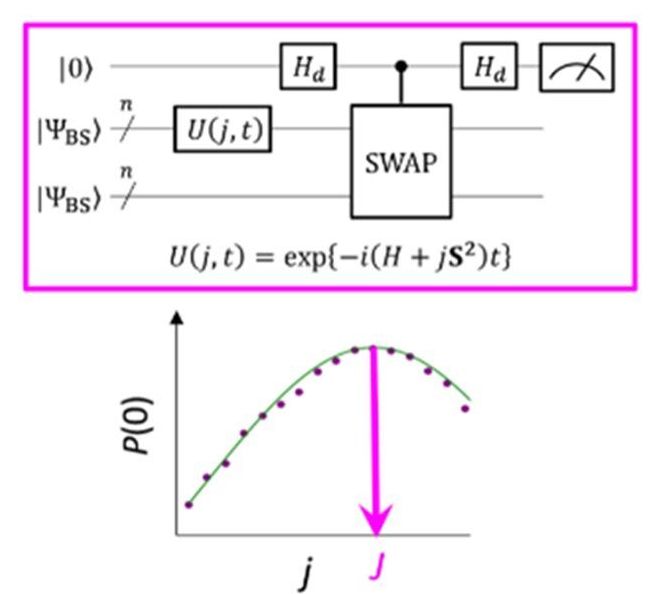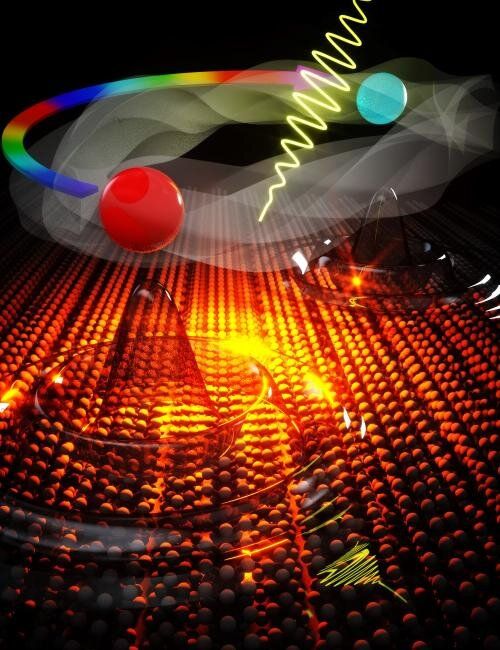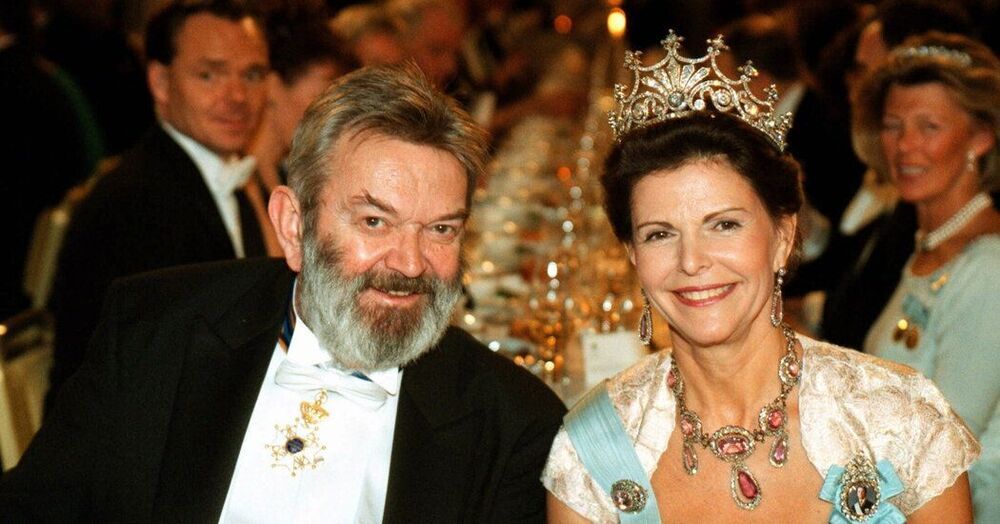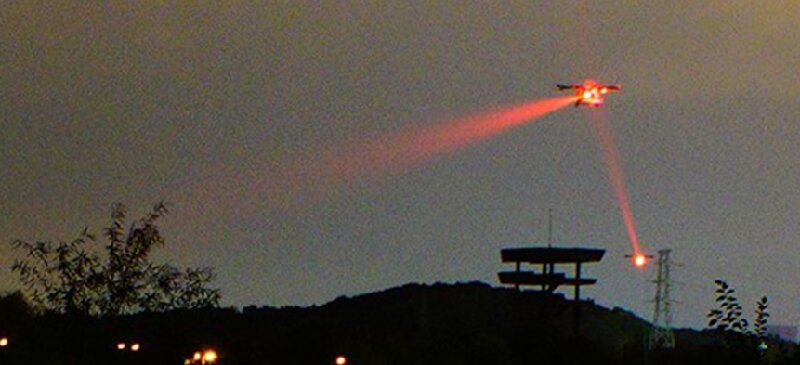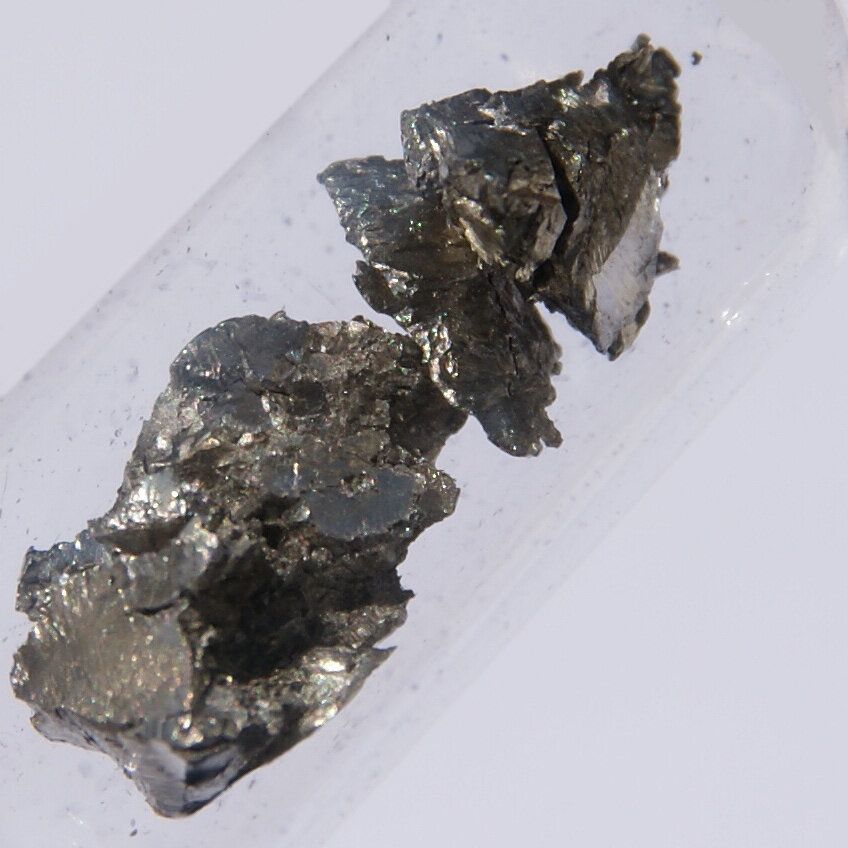Archive for the ‘quantum physics’ category: Page 511
Jan 19, 2021
Rethinking spin chemistry from a quantum perspective
Posted by Saúl Morales Rodriguéz in categories: biotech/medical, chemistry, computing, information science, quantum physics
Researchers at Osaka City University use quantum superposition states and Bayesian inference to create a quantum algorithm, easily executable on quantum computers, that accurately and directly calculates energy differences between the electronic ground and excited spin states of molecular systems in polynomial time.
Understanding how the natural world works enables us to mimic it for the benefit of humankind. Think of how much we rely on batteries. At the core is understanding molecular structures and the behavior of electrons within them. Calculating the energy differences between a molecule’s electronic ground and excited spin states helps us understand how to better use that molecule in a variety of chemical, biomedical and industrial applications. We have made much progress in molecules with closed-shell systems, in which electrons are paired up and stable. Open-shell systems, on the other hand, are less stable and their underlying electronic behavior is complex, and thus more difficult to understand. They have unpaired electrons in their ground state, which cause their energy to vary due to the intrinsic nature of electron spins, and makes measurements difficult, especially as the molecules increase in size and complexity.
Jan 19, 2021
Light-induced twisting of Weyl nodes switches on giant electron current
Posted by Saúl Morales Rodriguéz in categories: computing, particle physics, quantum physics
Scientists at the U.S. Department of Energy’s Ames Laboratory and collaborators at Brookhaven National Laboratory and the University of Alabama at Birmingham have discovered a new light-induced switch that twists the crystal lattice of the material, switching on a giant electron current that appears to be nearly dissipationless. The discovery was made in a category of topological materials that holds great promise for spintronics, topological effect transistors, and quantum computing.
Weyl and Dirac semimetals can host exotic, nearly dissipationless, electron conduction properties that take advantage of the unique state in the crystal lattice and electronic structure of the material that protects the electrons from doing so. These anomalous electron transport channels, protected by symmetry and topology, don’t normally occur in conventional metals such as copper. After decades of being described only in the context of theoretical physics, there is growing interest in fabricating, exploring, refining, and controlling their topologically protected electronic properties for device applications. For example, wide-scale adoption of quantum computing requires building devices in which fragile quantum states are protected from impurities and noisy environments. One approach to achieve this is through the development of topological quantum computation, in which qubits are based on “symmetry-protected” dissipationless electric currents that are immune to noise.
“Light-induced lattice twisting, or a phononic switch, can control the crystal inversion symmetry and photogenerate giant electric current with very small resistance,” said Jigang Wang, senior scientist at Ames Laboratory and professor of physics at Iowa State University. “This new control principle does not require static electric or magnetic fields, and has much faster speeds and lower energy cost.”
Jan 19, 2021
Tracking a Single Ion in an Ultracold Gas
Posted by Quinn Sena in categories: particle physics, quantum physics
Direct observation of an ion moving through a Bose-Einstein condensate identifies the effect of ion-atom collisions on charge transport in an ultracold gas.
When you expose mobile electrical charges in a medium to an electrical field, current flows. The charges are accelerated by the field, but collisions within the medium give rise to a kind of friction effect, which limits the velocity of the charges and thus the current. This universal concept, called diffusive transport, describes a large range of media, such as metallic conductors, electrolytic solutions, and gaseous plasmas. But in a quantum system, such as a superconductor or a superfluid, other collective effects can influence the transport through the medium. Now, a group led by Florian Meinert and Tilman Pfau both of the University of Stuttgart, Germany, have carried out charge-transport experiments with a single ion traversing a Bose-Einstein condensate (BEC), which is a quantum gas of cold neutral atoms [1]. The precise tracking of the ion shows that the transport is diffusive and reveals the character of the ion-atom collisions.
Jan 18, 2021
Martinus Veltman, Who Made Key Contribution in Physics, Dies at 89
Posted by Genevieve Klien in categories: particle physics, quantum physics
Martinus J.G. Veltman, a Dutch theoretical physicist who was awarded the Nobel Prize for work that explained the structure of some of the fundamental forces in the universe, helping to lay the groundwork for the development of the Standard Model, the backbone of quantum physics, died on Jan. 4 in Bilthoven, the Netherlands. He was 89.
His death was announced by the National Institute for Subatomic Physics in the Netherlands. No cause was given.
There are four known fundamental forces in the universe: gravity, electromagnetism, the strong force that bonds subatomic particles together, and the weak force that is responsible for particle decay. Since the discovery of the last two forces in the first half of the 20th century, physicists have looked for a unified theory that could account for the existence of all four.
Jan 18, 2021
Using drones to create local quantum networks
Posted by Saúl Morales Rodriguéz in categories: computing, drones, particle physics, quantum physics, satellites
A team of researchers affiliated with several institutions in China has used drones to create a prototype of a small airborne quantum network. In their paper published in the journal Physical Review Letters, the researchers describe sending entangled particles from one drone to another and from a drone to the ground.
Computer scientists, physicists and engineers have been working over the last several years toward building a usable quantum network —doing so would involve sending entangled particles between users and the result would be the most secure network ever made. As part of that effort, researchers have sent entangled particles over fiber cables, between towers and even from satellites to the ground. In this new effort, the researchers have added a new element—drones.
To build a long-range quantum network, satellites appear to be the ideal solution. But for smaller networks, such as for communications between users in the same city, another option is needed. While towers can be of some use, they are subject to weather and blockage, intentional or otherwise. To get around this problem, the researchers used drones to carry the signals.
Jan 18, 2021
Scientists’ discovery is paving the way for novel ultrafast quantum computers
Posted by Raphael Ramos in categories: computing, particle physics, quantum physics
Scientists at the Institute of Physics of the University of Tartu have found a way to develop optical quantum computers of a new type. Central to the discovery are rare earth ions that have certain characteristics and can act as quantum bits. These would give quantum computers ultrafast computation speed and better reliability compared to earlier solutions. The University of Tartu researchers Vladimir Hizhnyakov, Vadim Boltrushko, Helle Kaasik and Yurii Orlovskii published the results of their research in the scientific journal Optics Communications.
While in ordinary computers, the units of information are binary digits or bits, in quantum computers the units are quantum bits or qubits. In an ordinary computer, information is mostly carried by electricity in memory storage cells consisting of field-effect transistors, but in a quantum computer, depending on the type of computer, the information carriers are much smaller particles, for example ions, photons and electrons. The qubit information may be carried by a certain characteristic of this particle (for example, spin of electron or polarization of photon), which may have two states. While the values of an ordinary bit are 0 or 1, also intermediate variants of these values are possible in the quantum bit. The intermediate state is called the superposition. This property gives quantum computers the ability to solve tasks, which ordinary computers are unable to perform within reasonable time.
Jan 17, 2021
Scientists Make Pivotal Discovery in Quantum and Classical Information Processing
Posted by Genevieve Klien in categories: engineering, quantum physics
Scientists tame photon-magnon interaction. Working with theorists in the University of Chicago’s Pritzker School of Molecular Engineering, researchers in the U.S. Department of Energy’s (DOE) Argonne National Laboratory have achieved a scientific control that is a first of its kind. They demonstrat.
Jan 17, 2021
Is the Physical World a Neural Network?
Posted by Jose Ruben Rodriguez Fuentes in categories: cosmology, particle physics, quantum physics, robotics/AI
Part of the Divine Mind, and so we are.
The most recent observations at both quantum and cosmological scales are casting serious doubts on our current models. For instance, at quantum scale, the latest electronic hydrogen proton radius measurement resulted in a much smaller radius than the one predicted by the standard model of particles physics, which now is off by 4%. At cosmological scale, the amount of observations regarding black holes and galactic formation heading in the direction of a radically different cosmological model, is overwhelming. Black holes have shown being much older than their hosting galaxies, galactic formation is much younger than our models estimates, and there is evidence of at least 64 black holes aligned with respect to their axis of rotation, suggesting the presence of a large scale spatial coherence in angular momentum that is impossible to predict with our current models. Under such scenario, it should not fall as a surprise the absence of a better alternative to unify quantum theory and relativity, and thus connect the very small to the very big, than the idea that the universe is actually a neural network. And for this reason, a theory of everything would be based on it.
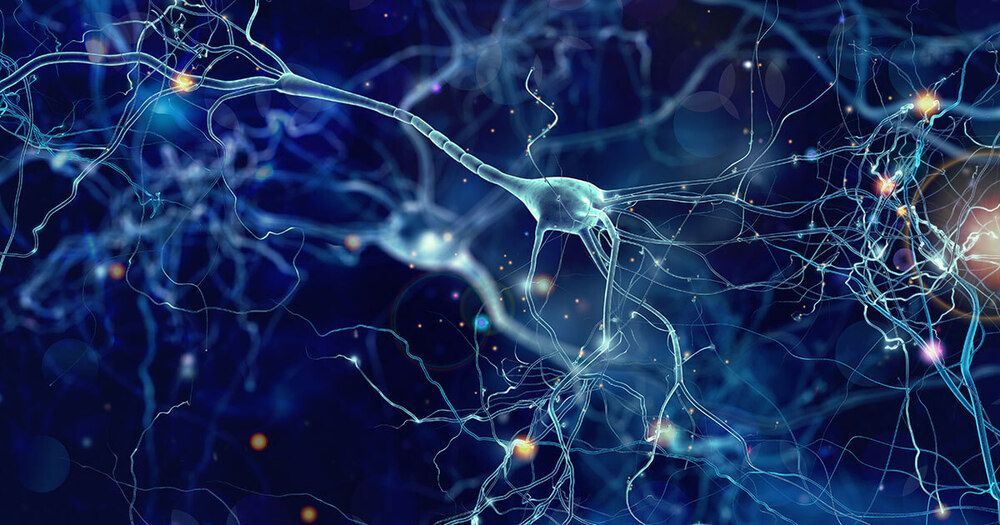
As explained in Targemann’s interview to Vanchurin on Futurism, the work of Vanchurin, proposes that we live in a huge neural network that governs everything around us.
Continue reading “Is the Physical World a Neural Network?” »
